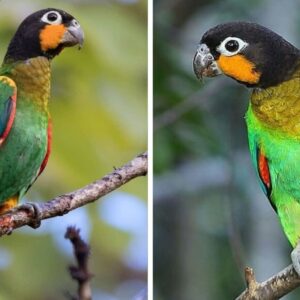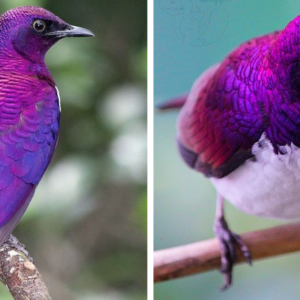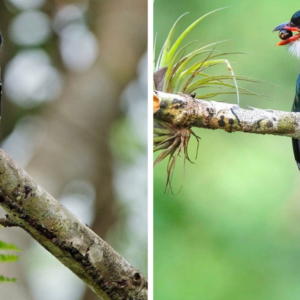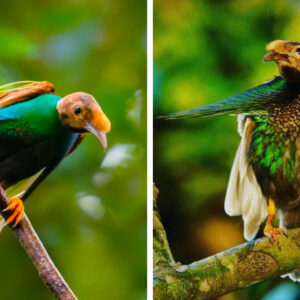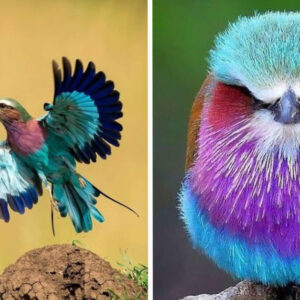Step into the enchanting world of avian wonders with the Lady Amherst’s Pheasant (Chrysolophus amherstiae).
With its stunning plumage and captivating presence, this species stands out as a true gem among the diverse array of birds.
In this post, we will delve into the remarkable characteristics, habitat, and conservation status of the Lady Amherst’s Pheasant, celebrating its beauty and importance in the natural world.
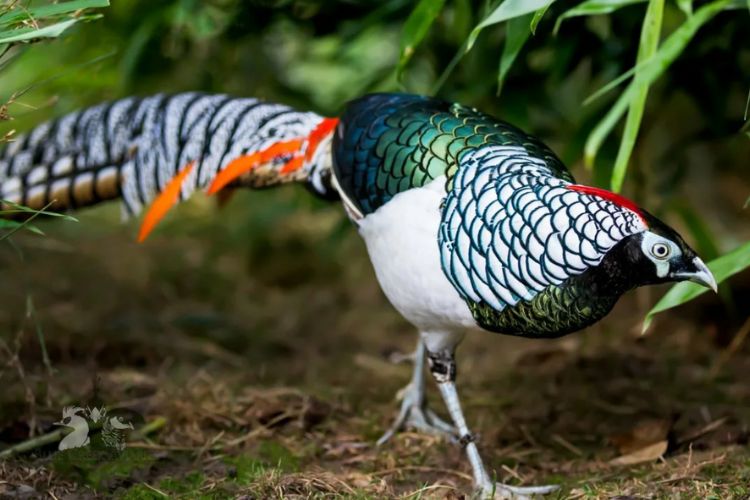

Dressed in a resplendent tapestry of colors, the Lady Amherst’s Pheasant is a sight to behold. The male boasts an impressive crest of iridescent feathers on its head, a long, flowing cape of black and white, and a mesmerizing array of jewel-toned feathers on its back.
The female, although less flamboyant, still displays an elegant combination of black, brown, and cream feathers.
Their distinctive appearance sets them apart as one of the most visually striking pheasant species in existence.
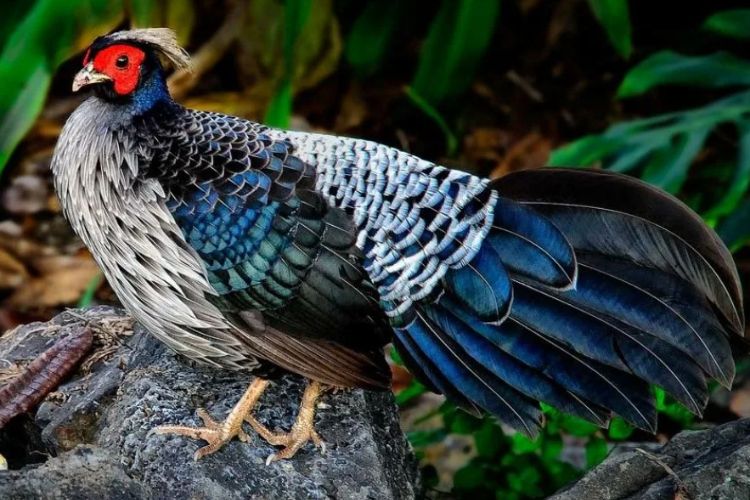

Native to the mountainous regions of southwestern China and northeastern Myanmar, the Lady Amherst’s Pheasant inhabits dense forests and undergrowth areas.
They prefer areas with a mix of open grasslands and shrubby cover, where they can forage for seeds, fruits, insects, and other small invertebrates.
These birds are known for their ground-dwelling habits, but they can also take to the trees when seeking refuge or roosting for the night.


Beyond their aesthetic appeal, Lady Amherst’s Pheasants play a crucial role in their ecosystems.
As seed dispersers, they contribute to the regeneration of forests by spreading seeds from the fruits they consume. Additionally, their presence helps control insect populations, making them valuable allies in maintaining ecological balance.
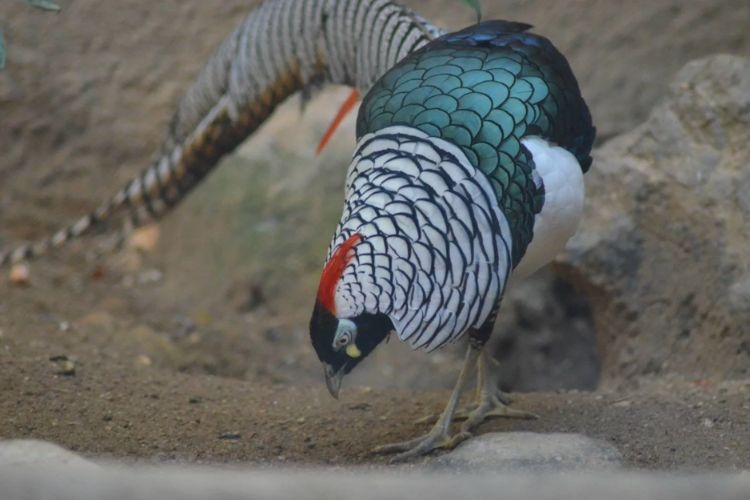

Sadly, like many other species, the Lady Amherst’s Pheasant faces various threats to its survival. Habitat loss due to deforestation, illegal hunting, and the illegal pet trade pose significant challenges.
Organizations and conservationists are working tirelessly to protect their habitats, raise awareness, and implement conservation measures to ensure the survival of this magnificent species.


In conclusion, the Lady Amherst’s Pheasant stands as a testament to the incredible diversity and beauty found in the avian world. Its striking plumage, natural habitat, and important ecological role make it a truly captivating species.
By appreciating and conserving these remarkable birds, we contribute to the preservation of our planet’s natural heritage.
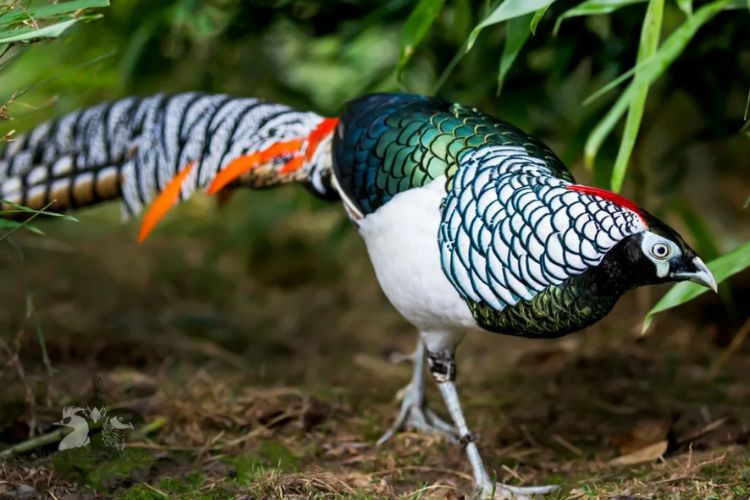

Join us in celebrating the mesmerizing Lady Amherst’s Pheasant and spread the word about the importance of protecting these exquisite birds. Let us ensure that future generations can continue to marvel at their enchanting presence in the wild.
